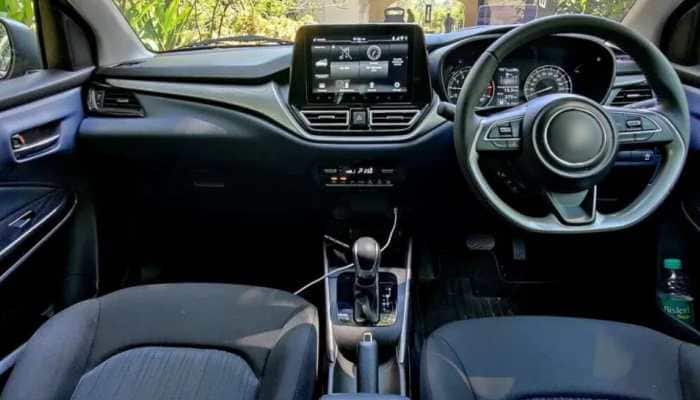After Sukma, we have better coordination with police: CRPF DG
Over 300 armed Maoists attacked a 99-member CRPF unit providing security cover to road construction workers in Sukma district in Chhattisgarh`s Bastar region on April 24, killing 25 personnel and leaving six others injured.
Trending Photos
) File photo
File photo New Delhi: After the Sukma massacre of 25 of its troopers in April, the paramilitary CRPF has weaved "much better coordination" with police forces across the country to take on the Maoists.
"After the unfortunate Maoist attack in Sukma, we found certain factors which needed to be dealt with. We needed to have much better coordination with state police forces. We have been able to now work in very close conjunction with them," Bhatnagar told IANS.
"Today some of the DRG (District Reserve Group) and STF (Special Task Force) teams (of state police) are located in our camps... And most operations we conduct are joint operations, which are based on intelligence generated by central agencies, CRPF and state police."
This has helped the 3.5 lakh-strong CRPF to fight the Maoists better.
The CRPF was now better equipped vis-a-vis preparedness, briefings and actual follow-up when they go into thickly forested regions.
Over 300 armed Maoists attacked a 99-member CRPF unit providing security cover to road construction workers in Sukma district in Chhattisgarh`s Bastar region on April 24, killing 25 personnel and leaving six others injured.
The CRPF chief said new Standard Operating Procedures (SOPs) had been laid regarding the movement of the troopers and their safety.
"All-round efforts have been made to make the jawan more secure in terms of his equipment, the briefing he gets, regular drills and practice he does, the official support he gets and the overall supervision. It is the duty of the officers to monitor each movement very closely and be able to bring our troops back (from the combat zone)."
He said the troopers were also trained in contingency drills.
Asked about new technology and better intelligence, Bhatnagar said: "This is an ongoing exercise. We are looking for better technology both in terms of better UAVs (Unmanned Aerial Vehicles). We are also looking at ground surveillance.
"We are also looking at mobility issues... how we could have more protected and more rapid movements. We are also looking for advanced cameras so that we reach core areas of the Maoists at night. There are various aspects we are looking into."
Bhatnagar said the CRPF will soon deploy more men in the sprawling region of Bastar -- where Maoists have run a de facto state for decades -- to carry out more anti-Maoist operations.
He said the CRPF had killed 51 Maoists and nabbed 1,111 this year. Another 834 had surrendered. "A total of 562 arms have been recovered and 1,180 Improvised Explosive Devices seized."
The CRPF was recruiting a "Bastariya Battalion" of local tribals to help the force with their intimate knowledge of Bastar and language skills. "The battalion will be ready by the end of this year."
The CRPF has been deployed in 10 states to fight Maoists: Chhattisgarh, Jharkhand, Odisha, Bihar, West Bengal, Andhra Pradesh, Telangana, Maharashtra, Madhya Pradesh and Uttar Pradesh.
Bhatnagar admitted that Maoism remained an area of concern but said there had been a significant improvement in the security scenario.
"The last two-and-a-half years have seen an unprecedented improvement... There has been an overall reduction in violence and increase in surrenders, arrests and neutralisation of Maoists. It is a reflection of the efficacy of our operations and capacity building measures adopted by the CRPF."
Stay informed on all the latest news, real-time breaking news updates, and follow all the important headlines in india news and world News on Zee News.
Advertisement
Live Tv
Advertisement







)
)
)
)
)
)
)
)
)
)
